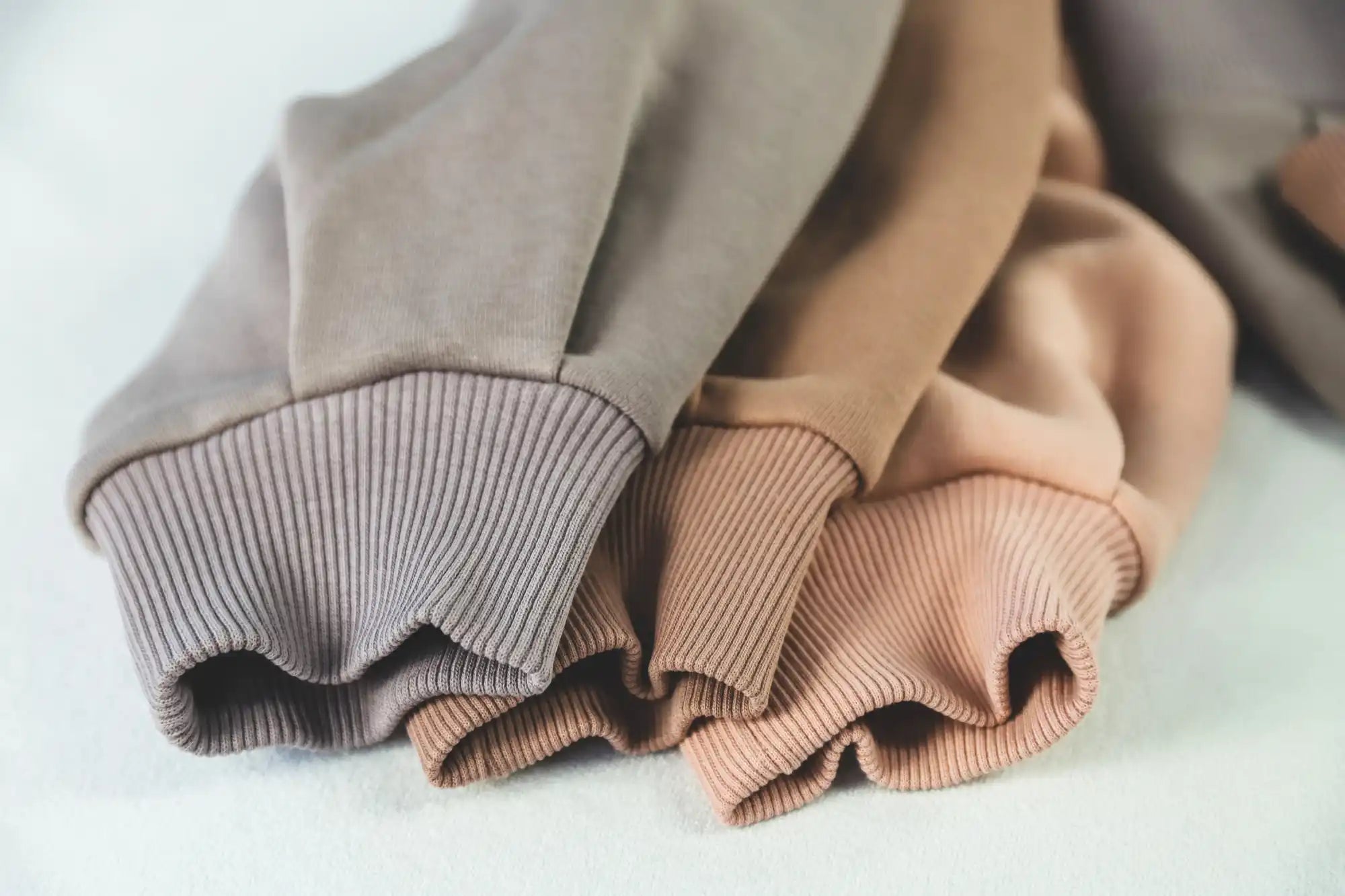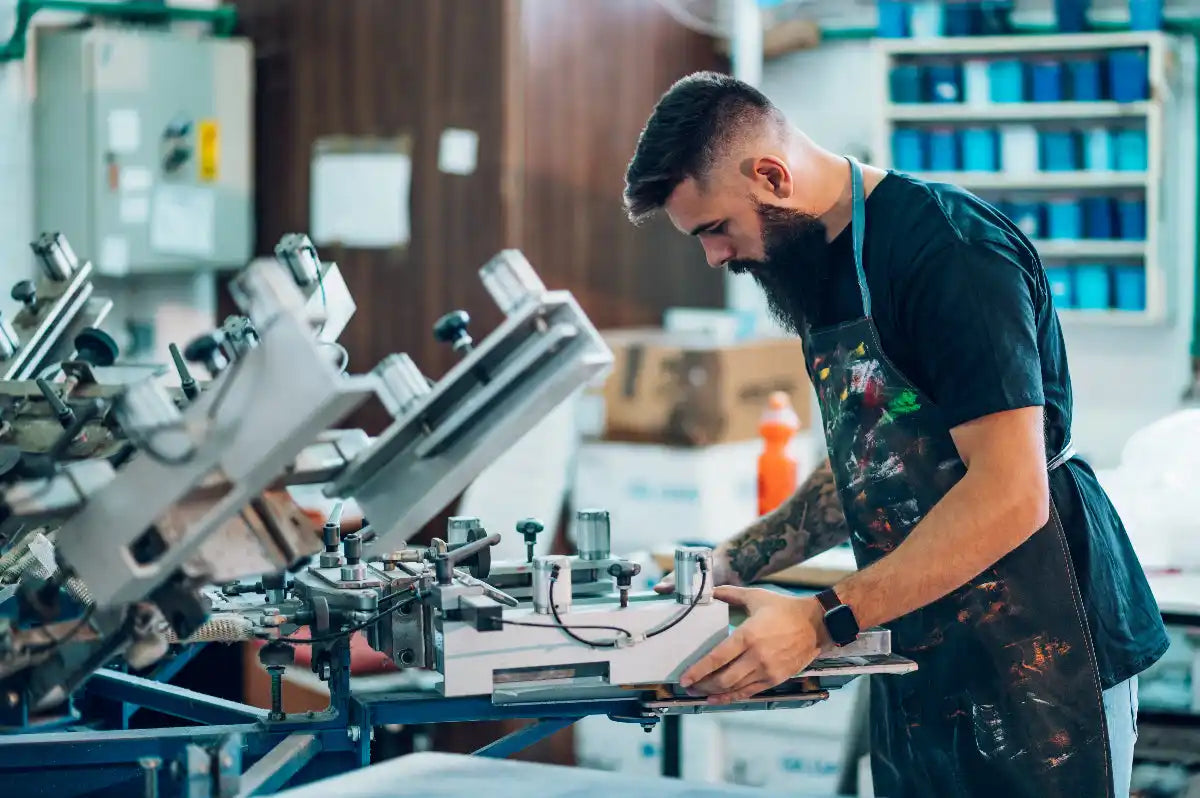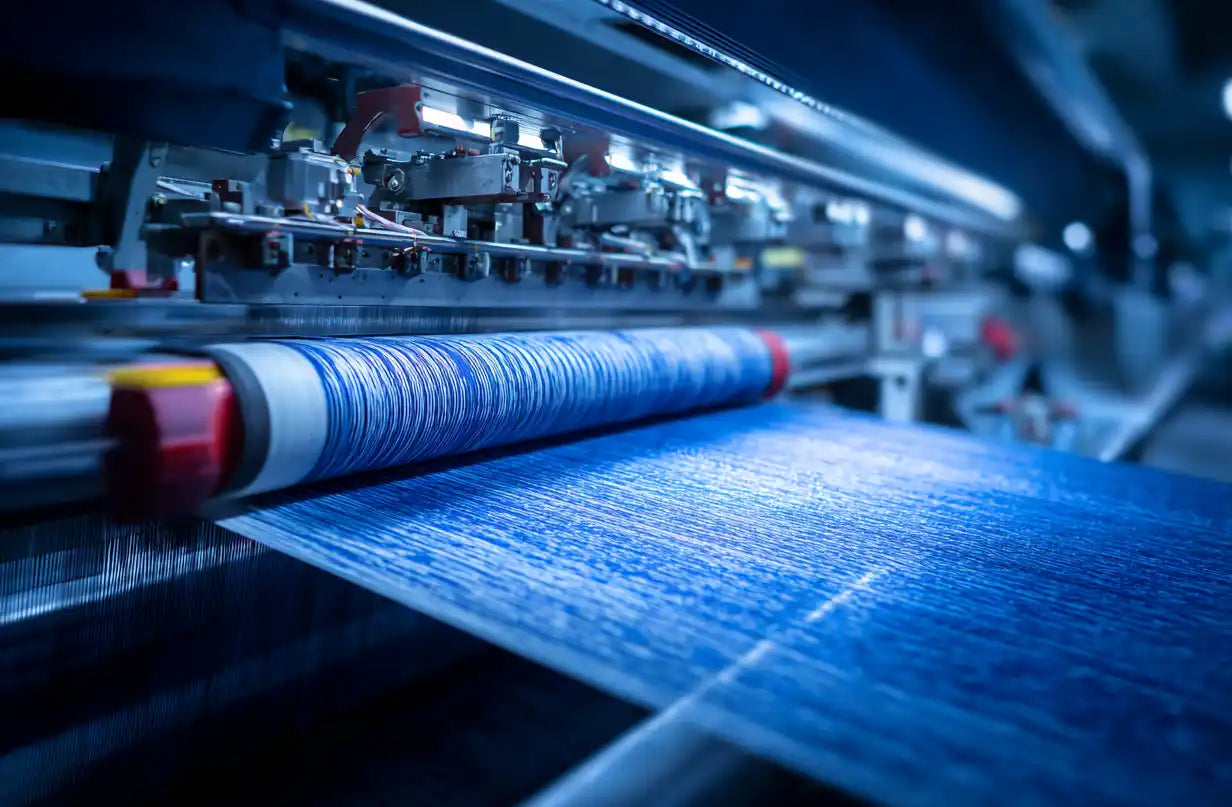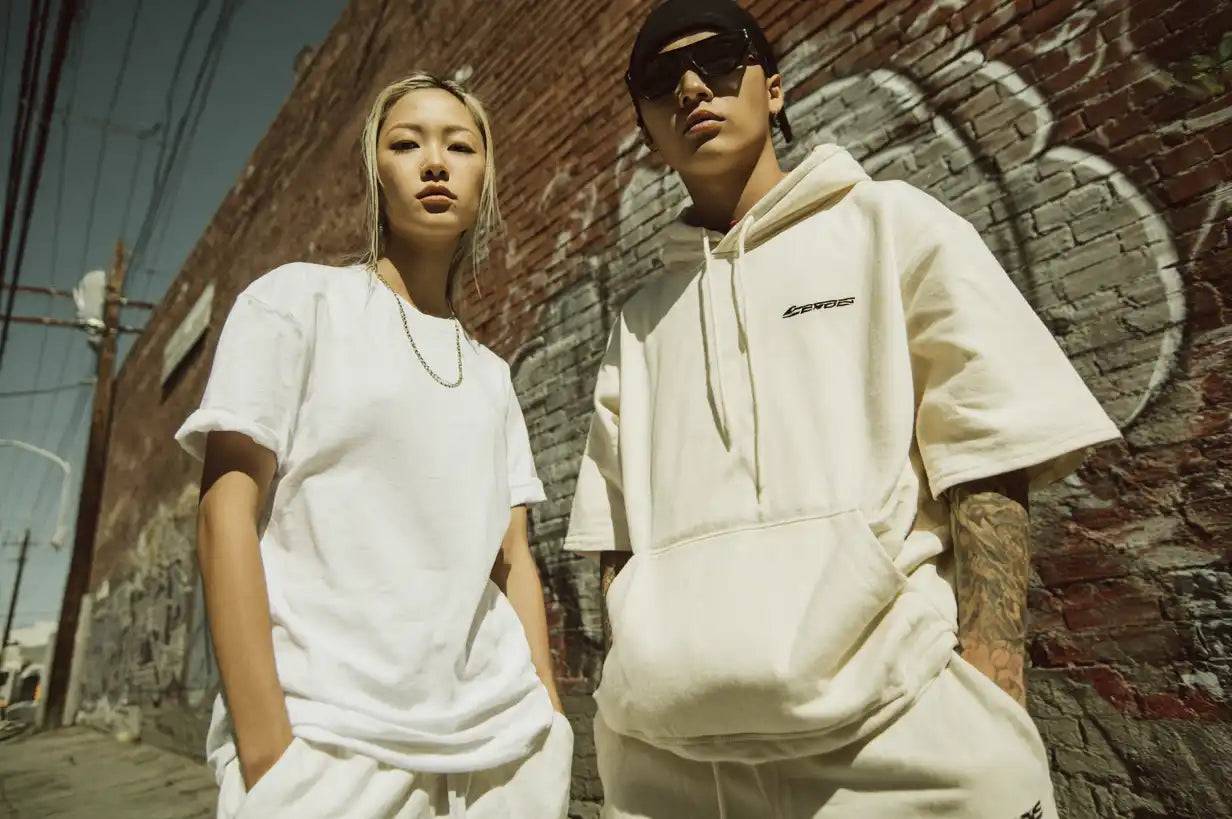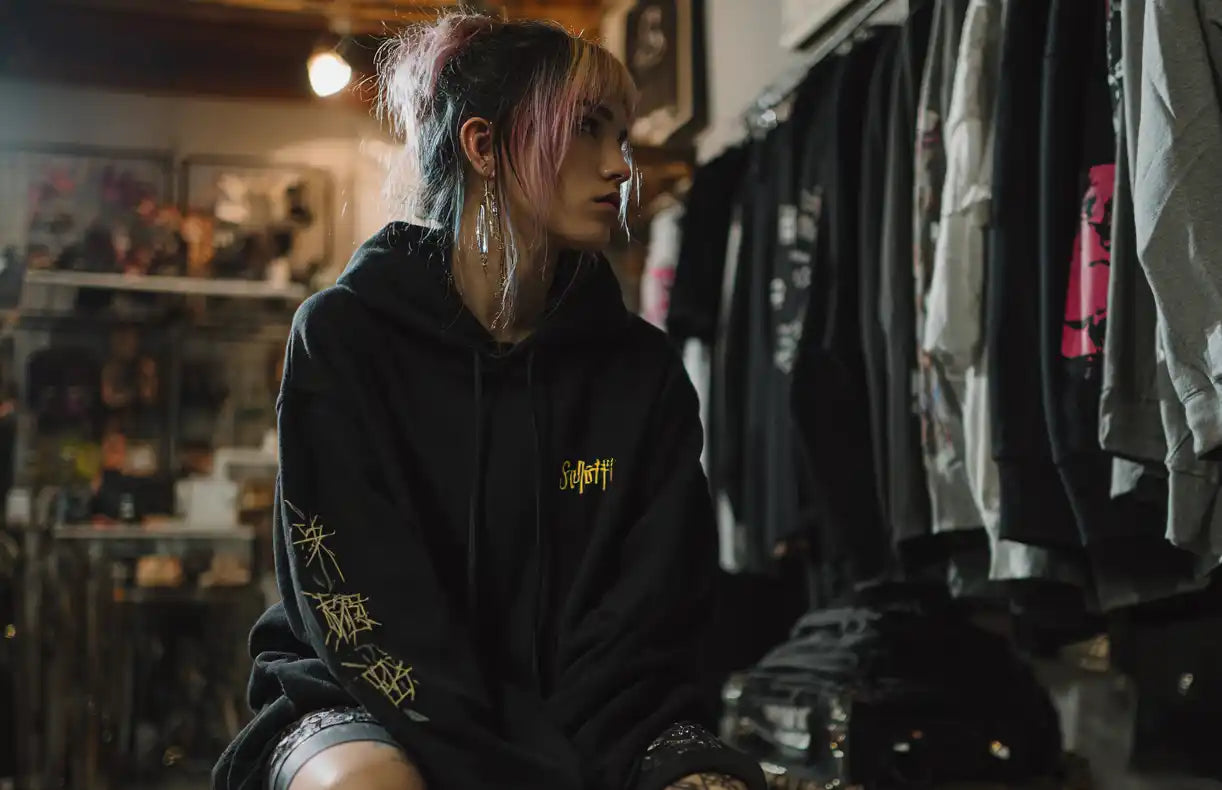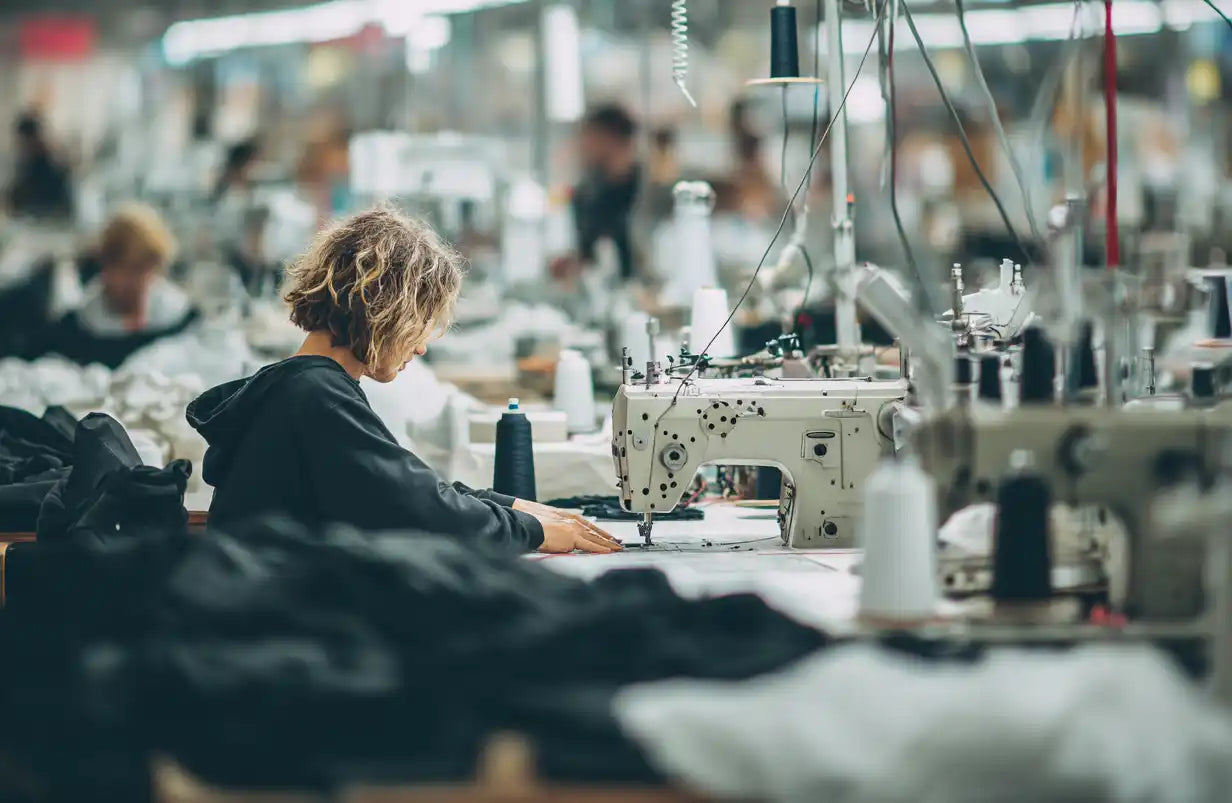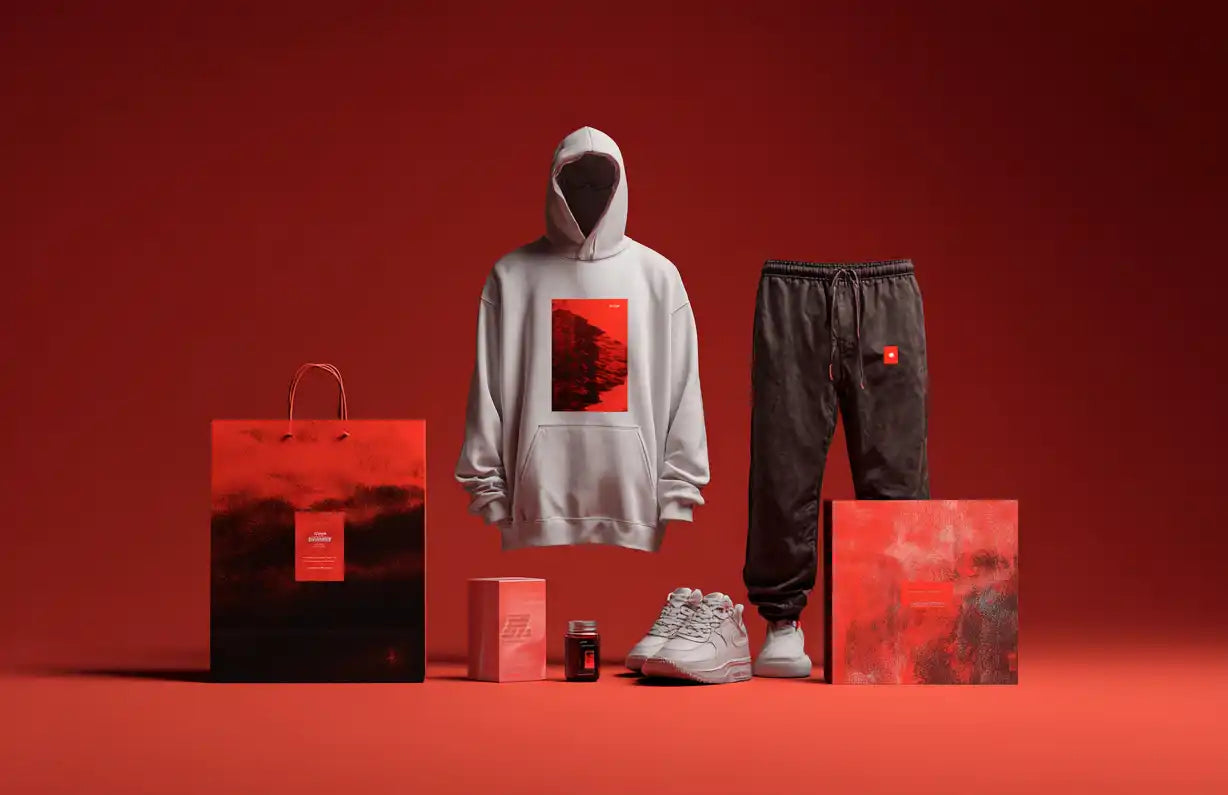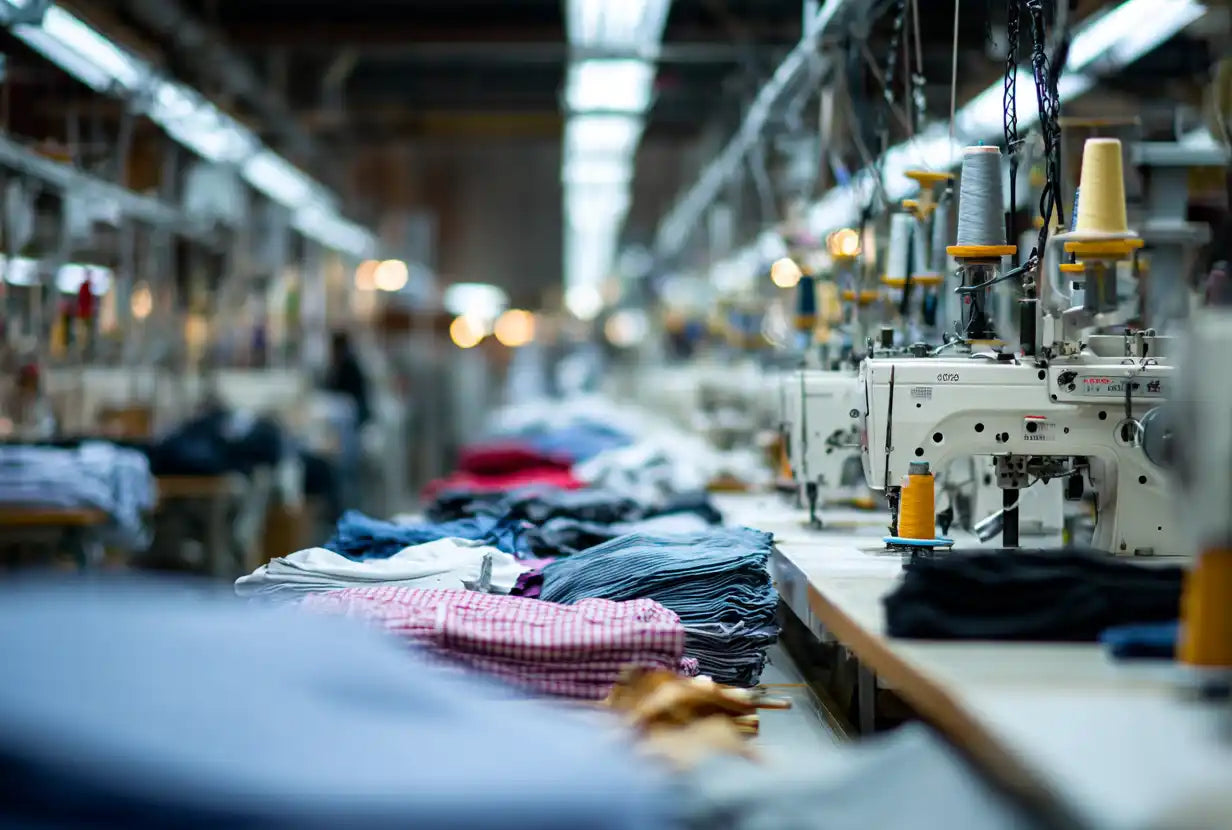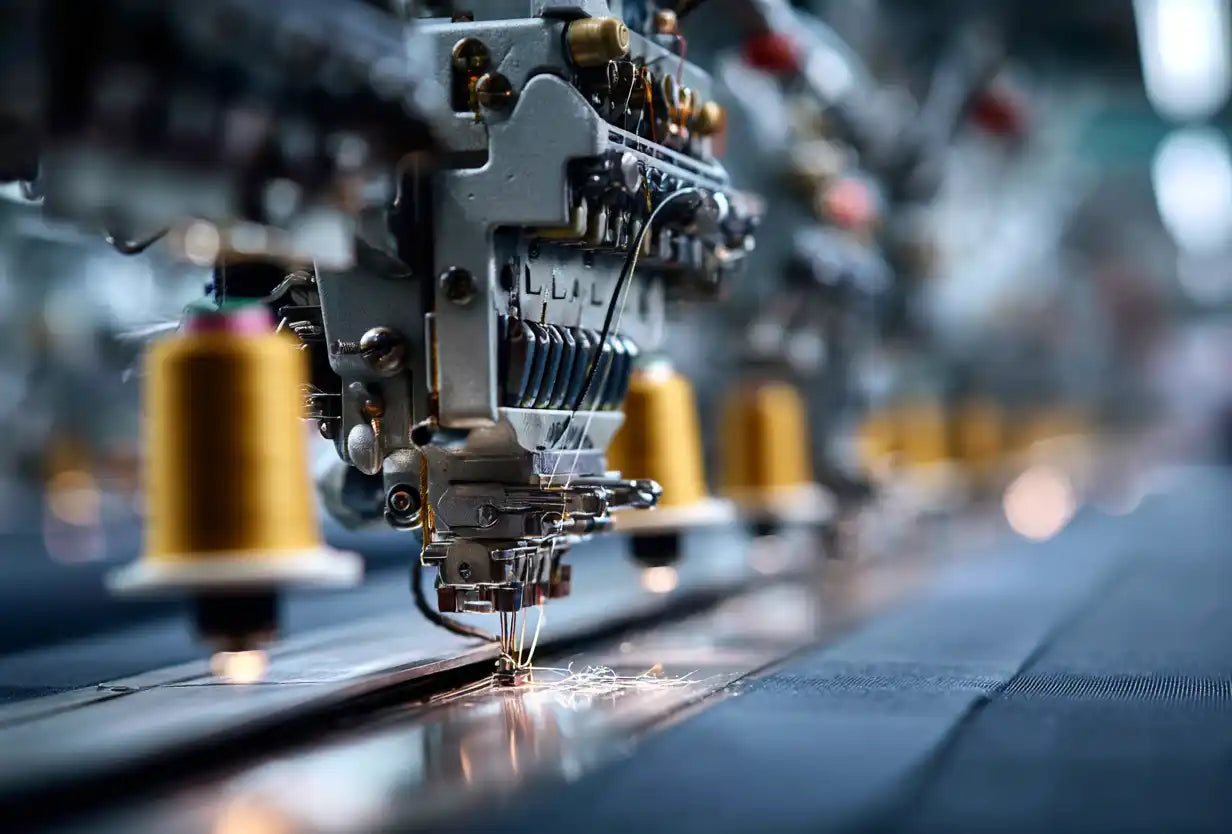Why brands choose French Terry & Portugal for custom sweatshirts

French terry sweatshirts have risen in popularity for custom apparel because they hit the sweet spot between comfort, performance, and cost. In 2025, the fabric is a go-to for athleisure, loungewear, and elevated basics — especially when produced in Portugal, which offers small-batch capability, certifications, and European logistics advantages that many brands prefer.
What is French terry and how it compares to other knits
French terry is a knit fabric with a smooth outside face and small loops on the inside. That loop-back construction adds breathability and light insulation without the heavy bulk of brushed fleece. Typical composition is cotton (often 100% or organic), sometimes blended with elastane for recovery or recycled polyester for sustainability.
Key fabric specs: GSM, fibers, and performance
Choose the right GSM and yarn mix depending on your customer and season. A practical breakdown:
- 200–250 GSM — light, breathable, good for spring/summer evenings and layering
- 260–320 GSM — versatile midweight, best all-rounder for year-round collections
- 330–400 GSM — premium/heavier feel, structured silhouette, ideal for cooler climates
Manufacturing in Portugal — why it matters
Portugal remains a preferred location for European brands because of its strong textile infrastructure, experienced workforce, and an ecosystem that supports both low MOQs and higher-quality full-package production. Portuguese suppliers commonly provide GOTS, OEKO-TEX®, and GRS-certified options for brands prioritizing verified sustainability. If you want a practical list of Portuguese production partners and why they’re chosen, see our guide 10 Clothing Manufacturers in Portugal You Need to Know.
Small-batch workflows and realistic timelines
For startups and niche brands, the most common models in Portugal are:
- CMT (Cut-Make-Trim) — you supply patterns or specs; factory performs cut and sew. MOQ often from ~100–200 units per style.
- Private label / full package — factory sources fabric, trims, and delivers finished goods; MOQs typically higher (300+), but this simplifies logistics for brands.
- Eco-focused batch runs — for GOTS or GRS collections, expect slightly longer lead times due to certified yarn sourcing and restricted dye lots.
Lead time expectations (typical): 4–10 weeks from fabric confirmation to delivery in the EU, depending on complexity and trim sourcing.
How to choose the right French terry for your sweatshirt collection
Decide on three priorities first: hand feel (soft vs structured), weight (GSM), and sustainability (organic/recycled). Then request fabric swatches and lab certificates. If you need a primer on organic fibers and certifications, our detailed resource is a useful read: Organic Cotton — Complete Guide.
Customization techniques that work best on French terry
French terry’s smooth face and looped interior make it adaptable for several customizations:
- Screen printing — excellent on the smooth face; recommended for medium to large runs.
- DTG / Transfers — good for small-batch or multi-color detailed prints; test on exact GSM.
- Embroidery — adds premium feel; use backing stabilizers to avoid puckering on looped knits.
- Woven labels & packaging — high perceived value; easy to add for small runs.
Sustainability checklist — ask your factory for these documents
Request the following to support product claims and E-E-A-T for your brand:
- GOTS / OEKO-TEX / GRS certificates (factory and batch-level if possible)
- Fabric composition and yarn origin
- Color lot and dyeing method documentation
- Social compliance (audits, ethical manufacturing statements)
Pricing, MOQs and cost-control for startups
A practical approach: start with one core sweatshirt style in 3 colors and order a controlled run (100–300 units depending on factory). Keep trims simple (standard drawcords, basic metal aglets later) and prioritize branding through labels and packaging. If you need a pricing/MOQ deep dive for startup budgets, check our guide Low MOQ Clothing in Portugal — A Startups Guide.
Step-by-step production workflow (recommended for first-time orders)
1) Finalize tech pack and spec sheet — include measurements, tolerance, and placement files for prints/embroidery.
2) Request fabric swatches and lab compliance documents.
3) Approve proto/sample — review fit and trim attachment points.
4) Confirm colorways and order quantities.
5) Production, QC, and prep for shipping — request pre-shipment photos and an inspection report.
Interactive FAQs
What are typical MOQs and realistic lead times for French terry sweatshirt production in Portugal?
Portuguese factories commonly accept small orders in the 100–300 units range per model or color. Lead times usually range from 4–10 weeks depending on order size, customization complexity, and whether you require full-package services.
Are Portuguese factories certified for sustainable French terry manufacturing?
Yes. Many Portuguese mills and factories hold certifications like GOTS, GRS and OEKO-TEX®. Ask suppliers to show current certificates and batch-level documentation to verify claims.
What GSM should I pick for a year-round French terry sweatshirt?
For year-round versatility, choose 260–320 GSM. Lighter (200–250 GSM) suits warmer months; heavier (330–400 GSM) suits cooler climates and premium pieces.
Which customization methods are best for French terry?
Screen printing and embroidery are reliable for larger runs; DTG or transfers are best for small, detailed orders. Always prototype to test ink adhesion and wash performance.
What is French terry and how does its construction affect performance?
French terry has a smooth exterior and looped interior, providing breathability and moderate insulation. It's lighter than fleece and better for year-round wear.
How do fiber choices affect sustainability and hand feel?
Organic cotton improves eco-claims and feel, recycled fibers reduce raw material footprint, and a small % of elastane adds stretch. Combine based on your brand values and target price point.
How should I approach embroidery so it looks premium on French terry?
Use backing stabilizers (cut-away or soluble) and test stitch density; place embroidery on stable panels and use woven patches for very dense designs.
When is DTG a better option than screen printing on French terry?
Choose DTG for low runs or highly detailed artworks where screen set-up costs are prohibitive. For mid/large runs, screen printing is more cost-effective and durable.
Conclusion & summary
French terry sweatshirts combine comfort, customization potential, and cost-efficiency — making them the smart choice for modern athleisure and streetwear labels. Portugal offers the manufacturing mix brands need in 2025: small-batch flexibility, sustainable options, and proven textile expertise. Prioritize clear tech packs, swatch approvals, and verified certificates when you order — and start with a controlled batch to test market fit.
Related resources:
Author: Athleisure Basics — Practical production guides and sourcing tools. Last updated October 2025.

